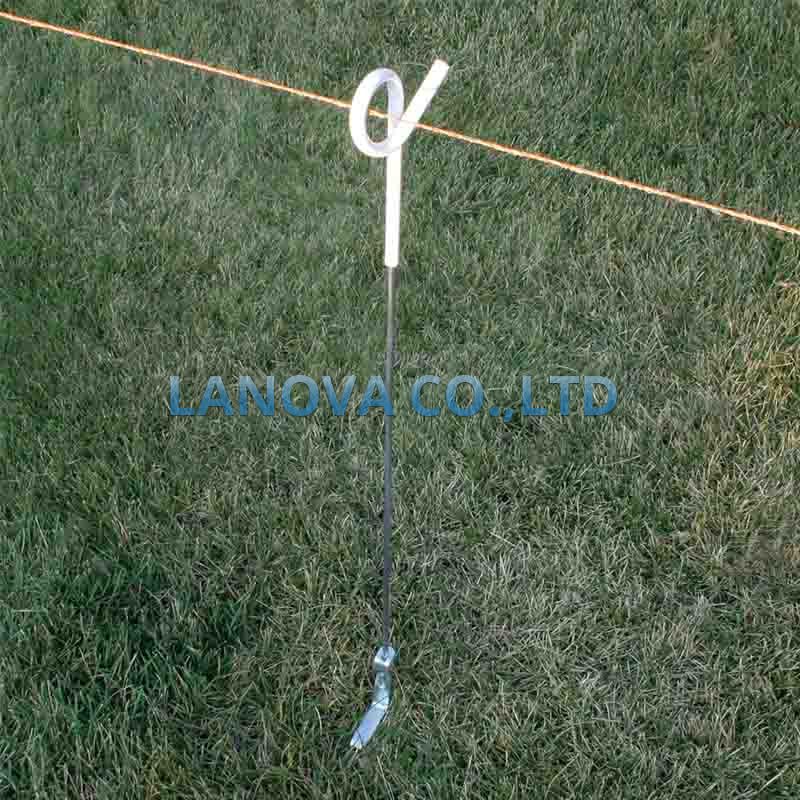How Does an Electric Fence Work?
Electric fences have become a common sight in rural areas and agricultural settings. They are used to keep livestock contained, protect crops from wildlife, and enhance security. But have you ever wondered how an electric fence actually works? In this article, we'll unravel the mystery behind electric fences, explaining the science and technology that makes them effective and, yes, a little shocking.
The Basics of an Electric Fence
At its core, an electric fence is a simple yet ingenious device designed to deliver an electric shock to anything that comes into contact with it. It consists of several key components:
Fence Energizer or Charger: This is the heart of the electric fence system. The fence energizer generates and stores electrical energy, which is then released in short, high-voltage pulses. These pulses travel along the fence wires.
Conductive Wires: Electric fences typically consist of multiple wires, which are made of a conductive material, such as metal or a combination of metal and synthetic materials. These wires carry the electrical pulses throughout the fence.
Insulators: Insulators are used to secure the conductive wires to posts or other supporting structures. They prevent the electrical charge from grounding through the posts, ensuring that the charge remains on the fence wires.
Grounding System: To complete the circuit and deliver the shock, an electric fence needs a grounding system. This usually involves one or more grounding rods buried in the ground and connected to the fence energizer.

How Does it Work?
When the fence energizer is turned on, it begins to charge the conductive wires with electrical energy. The energizer stores this energy and releases it in short, intermittent pulses, typically at a rate of one pulse per second. These pulses are characterized by a high voltage (thousands of volts) but low current, making them safe but effective.
When an animal or person touches the charged wire, they complete the electrical circuit by providing a path for the electrical energy to flow. The high-voltage pulse travels through the intruder and delivers a shock. The sensation is unpleasant but not harmful, designed to deter rather than injure.
The science behind the shock lies in the principle of electrical resistance. When a living organism, such as an animal or human, touches the charged wire, it creates a low-resistance path for the electric current to follow. This path takes the electricity through the body and back to the ground, completing the circuit. The brief duration of the pulse minimizes the risk of injury, as it prevents prolonged exposure to the electric charge.
Advantages of Electric Fences
Effective Deterrence: Electric fences are highly effective at deterring animals or unauthorized individuals from crossing boundaries. The shock they deliver is a strong deterrent without causing harm.
Low Maintenance: Once properly installed, electric fences require minimal maintenance. Regular checks of the energizer and wires are usually sufficient to ensure their functionality.
Cost-Efficiency: Electric fences are cost-effective in the long run due to their low operating costs and durability. They often prove to be a more economical solution compared to traditional fences.
Customizability: Electric fence panels can be easily customized to fit various shapes and sizes of areas. They can also be adjusted to deliver different levels of shock, making them adaptable to different needs.
Conclusion
Electric fences are a highly effective and versatile tool for a variety of applications, from agriculture to security. Understanding how they work demystifies their function and highlights their ability to provide a safe but effective deterrent. When installed and maintained correctly, electric fences can play a vital role in ensuring the safety and security of both property and livestock.

